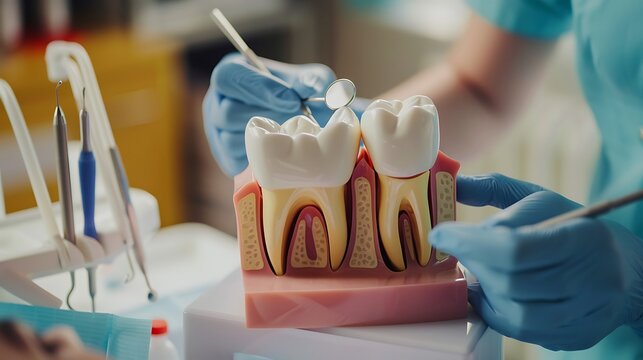Signs You May Need Root Canal Treatment
Recognizing the early warning signs of pulp damage can help you seek treatment before the condition worsens. Severe toothache when chewing or applying pressure is often the first indicator that endodontic treatment may be necessary. This pain typically intensifies over time and may become constant.
Other common symptoms include prolonged sensitivity to hot or cold temperatures, discoloration of the tooth, swelling and tenderness in nearby gums, or a persistent or recurring pimple on the gums. Some cases may present with no symptoms at all, which is why regular dental checkups and X-rays are crucial for early detection of pulp problems.
If you experience any of these symptoms, it's important to consult with an endodontist or your general dentist promptly. Early intervention can often mean the difference between saving your natural tooth and requiring extraction followed by replacement with an implant or bridge.




